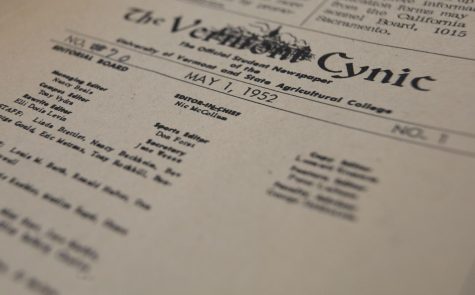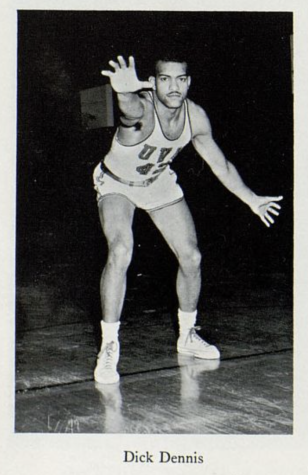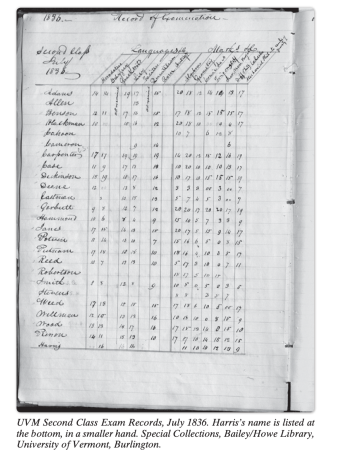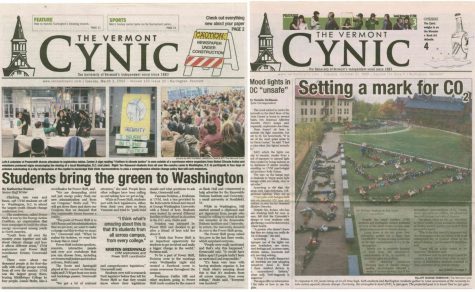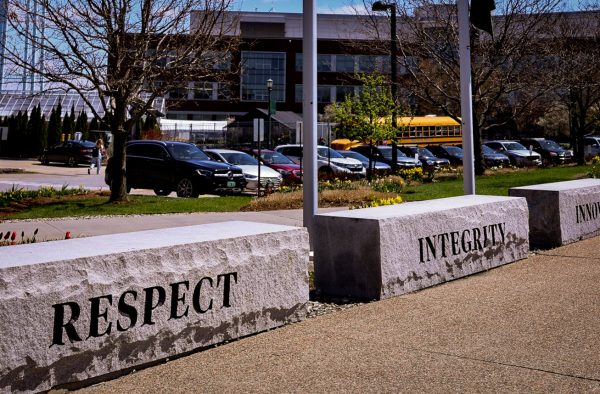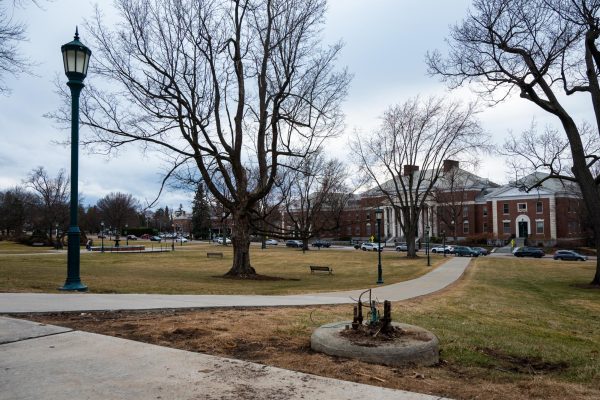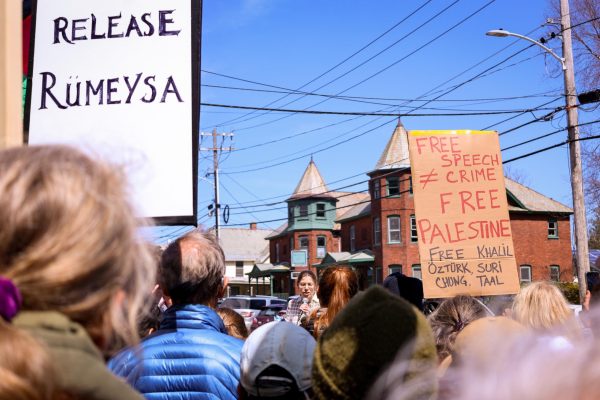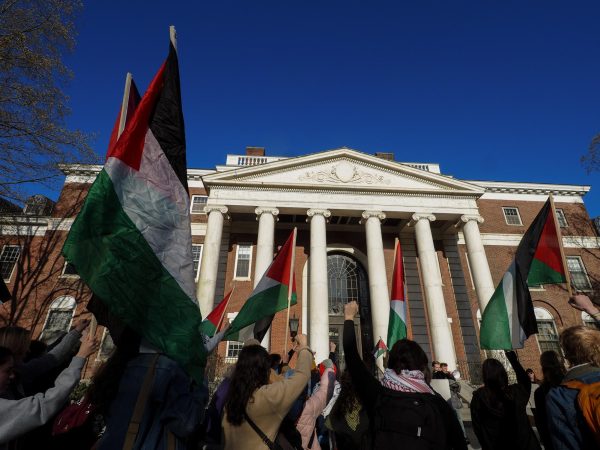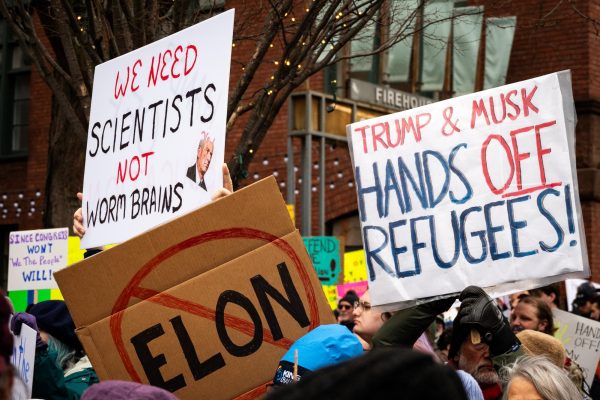William “The Black/White Wage Gap IS NOT RACIST” Julius Wilson Lectures at UVM
With the clear intention of finding a seat in the center section of the first few rows, I arrived a few minutes early to this past weeks CC Theatre lecture by noted Harvard sociologist William Julius Wilson. Much to my dismay I found a large crowd of people bottle-necked in the upper entrance to the theatre. In a classic example of demand exceeding supply, a great number of people impatiently pushed past each other as they fruitlessly attempted to find seating in a theatre where seating capacity was limited and insufficient. Surprisingly enough, this pre-lecture fiasco was actually a good introduction to Wilson’ chosen topic of housing supply and neighborhood identity in transitional urban areas.
Wilson, who has achieved much acclaim in academic circles for his innovation research and authorship of books like The Declining Significance of Race and When Work Disappears chose to lecture on the topic of changing neighborhood dynamics in certain parts of Chicago.
The lecture was somewhat disappointing considering it came from an African American scholar who has written extensively about why racism IS NOT the root cause of economic inequality between races in the United States. Instead, Wilson offered a brief explanation of the factors which affect neighborhood change and a few dry examples from his fieldwork.
The basic idea is this, when new people, especially immigrant groups and minorities move into a city, they compete with established residents for a fixed supply of housing in a city-wide game of musical chairs. As long-term residents move out and new families fill the limited amount of spaces, the racial and socioeconomic composition of the neighborhood changes. A typical case might be where white, retired, Caucasian empty-nesters move out and young minority families move in, but the end result is that over time the very identity of the neighborhood will change.
Wilson explained that at some point in the transitional process, neighborhoods reach a tipping point after which established residents flee in large numbers and the neighborhood goes through a period of rapid ethnic transformation. His Chicago-based research has led Wilson to believe that the more loyal residents are to their neighborhood, the less likely the are to simply flee and the more likely they are to utilize civic tools and institutions and work together to fight, or at least influence, change.
The neighborhood study might be dabbling in a new area for Wilson, but his findings reinforced much of his previous work. For example, he explained that even residents of predominantly black areas feared the entrance of poorer blacks into their neighborhood. Wilson concluded that resentment about neighborhood change is about class, not race. Established middle-class residents do not want the problems associated with lower class folks creeping into their neighborhood.
The unwelcome, lower-class interlopers are not accustomed to community norms and do often bring problems when they move in. Wilson believes that even if racially charged language and epithets are used to disparage the unwanted newcomers, the motivation is predominantly class-based and certainly not strictly rooted in racism. The talk was quite interesting, but it probably could have been better.
Instead of focusing on the potentially fascinating implications of his research, Wilson chose to bore us with the details. Many students still had unanswered questions to ask Wilson after the lecture. But when one women monopolized his time with a series of lengthy questions, the group of students waiting to speak with him grew impatient. One by one students broke away from the bunch, until the tipping point of group dynamics was reached, after which a process of rapid spatial transformation ensued as the group shuffled out the door en masse.


